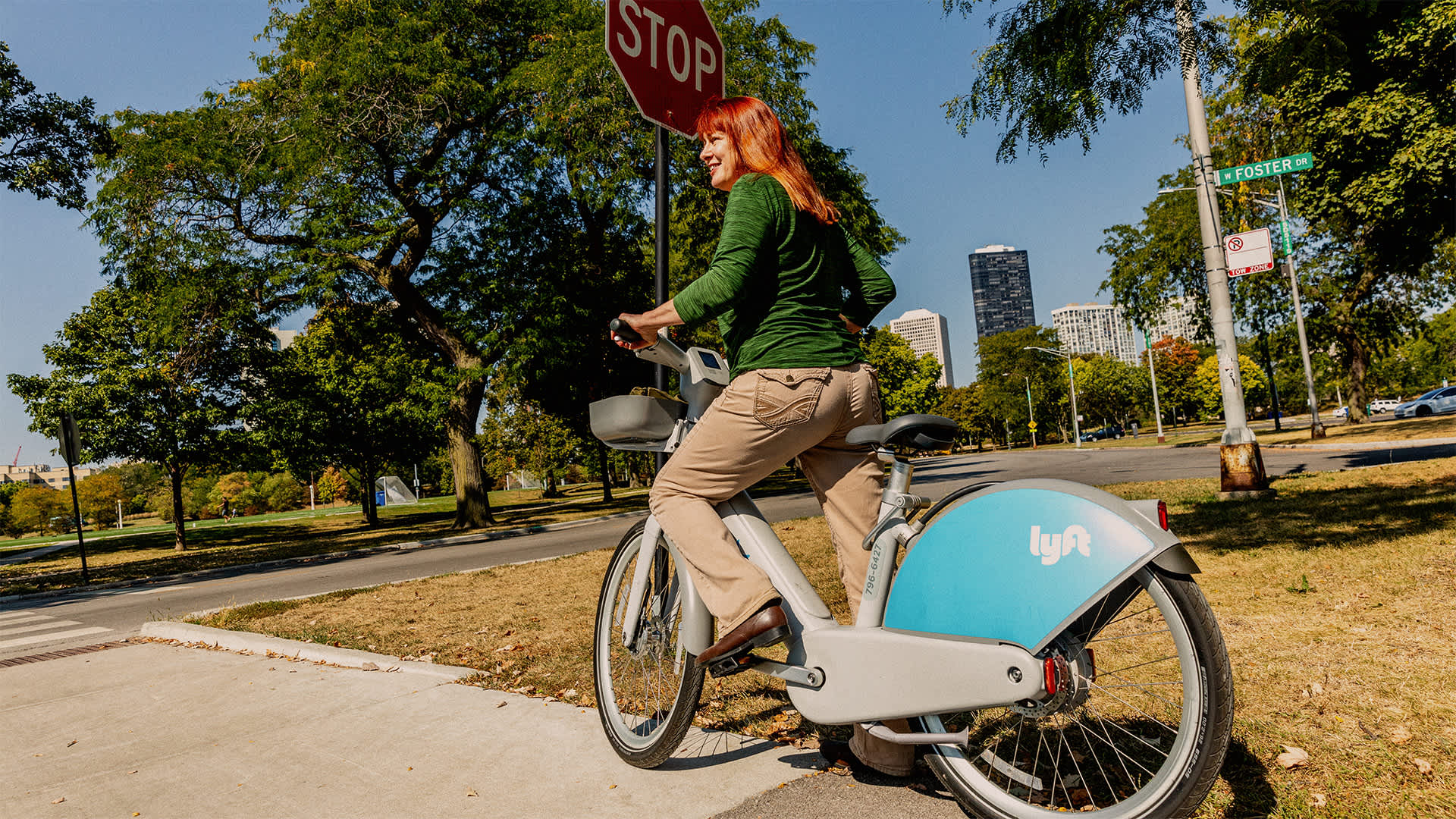
On May 16th, make sure you take a look down the street. You might notice more flowers and more bare shoulders (it's springtime) and more non-alcoholic bars (it's a trend), and more people riding bicycles. That’s right: It’s Bike to Work Week, and Lyft is celebrating with ride codes — $5 off your first ride in any of its bikeshare markets!
But a two-wheeled commute isn’t just for holidays — it’s a beloved use case for micromobility: 40% of riders who use Lyft’s shared bikes and scooters do so to get to/from work.
On weekdays, micromobility rides swell around commuting hours to roughly twice the level they are throughout the day. And while this trend was impacted by the pandemic and rise of WFH, it’s on its way back: 53% of weekday micromobility rides were during commuting hours in 2024 — the highest it’s been since 2019 and 2020.
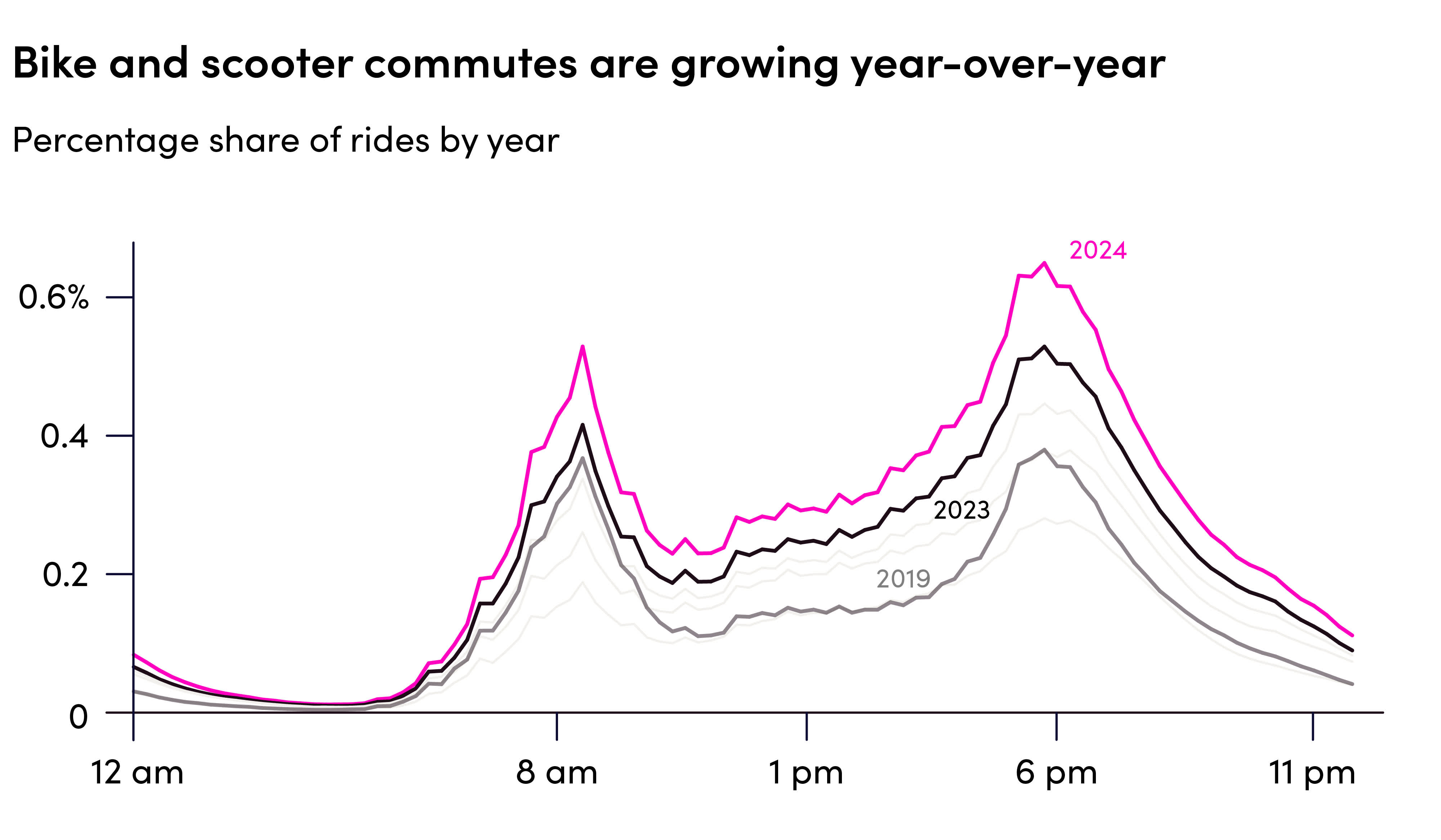
It’s not solely the share of commuting rides that’s grown—more people are commuting on bikes and scooters than ever before. Rides during commuting hours grew 23% year over year, across he micromobility programs of Bay Wheels (San Francisco), Blue Bikes (Boston), Biketown (Portland, OR), Citi Bike (New York City), Divvy (Chicago), and Capital Bikeshare (Washington, DC). Neither is this growth limited to commuting hours – a similar trend is visible on nights and midday, as people increasingly rely on bikeshare and scootershare to get around town.
New York City demonstrates the potential for bikeshare to be a significant part of daily commute — over 51% of commute-hour rides on the Lyft platform were by the Citi Bike system in 2024. During the summer and fall, when the weather just can’t be beat, Citi Bike ridership is similar to that of the New York–New Jersey Port Authority Trans-Hudson (PATH) train.

But biking is more than a New York thing – it’s also a popular way to get to the office in Boston, the Washington, DC metro area, Chicago, San Francisco, and Portland.
Commutes also vary by time of year: Tuesdays in August are the most popular day to bike to work during commuting hours overall, but the Washington D.C. metro area and Boston like Thursdays and Fridays in September, and San Francisco bikes most on Tuesdays in October.

Unsurprisingly, commuters tend to head to the most corporate and commercial parts of their cities. In San Francisco, they’re riding to the Financial District; in Portland, they’re docking their bikes downtown. Boston commuters head to Cambridge, and Washington D.C. riders go to Capital hill. Those New York riders are making their way to Midtown, and in Chicago, they ride to the area spanning The Loop, Fulton Market, and Chinatown.
Where commuters are going
Top five stations during commuting hours, by city
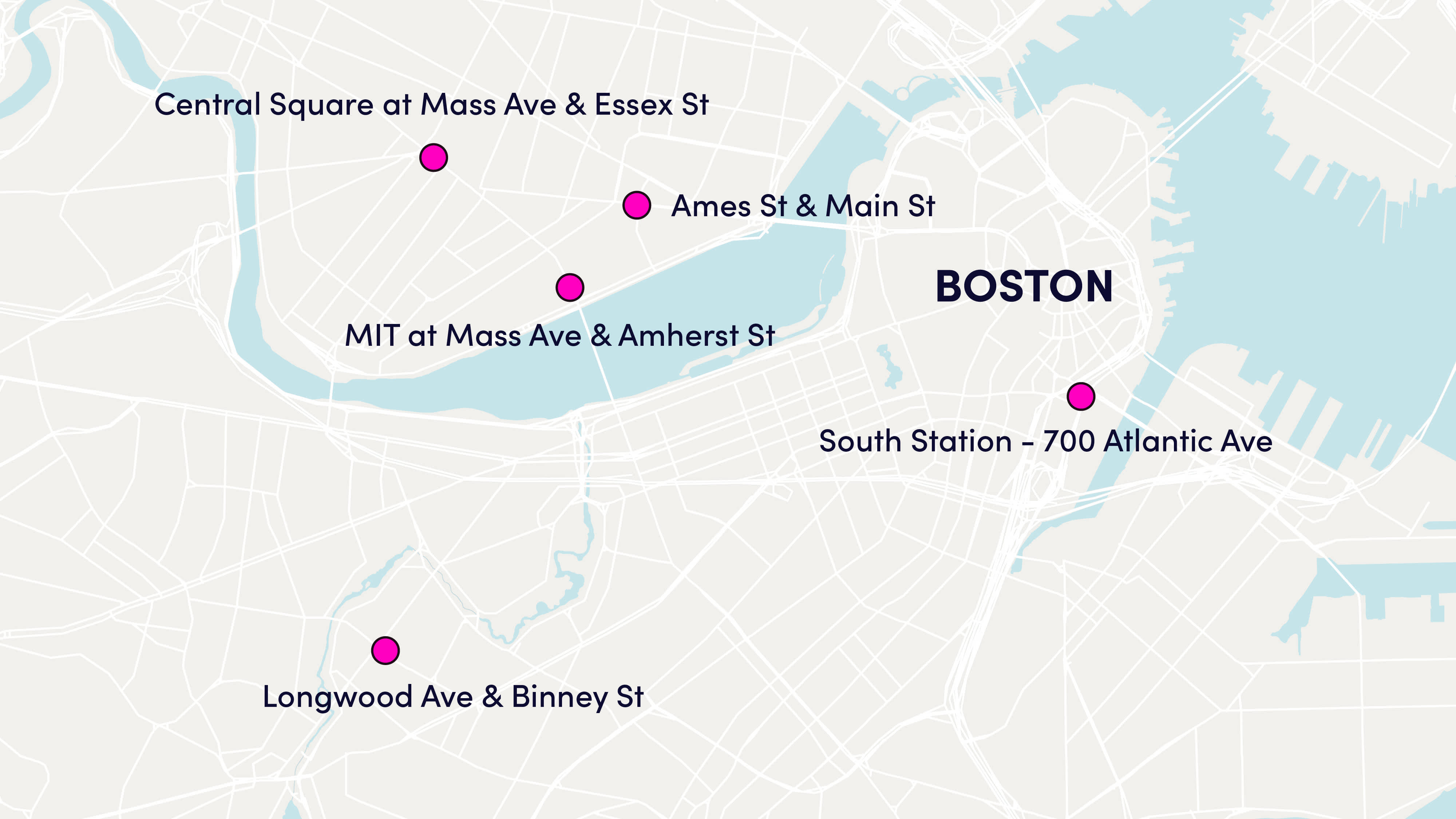
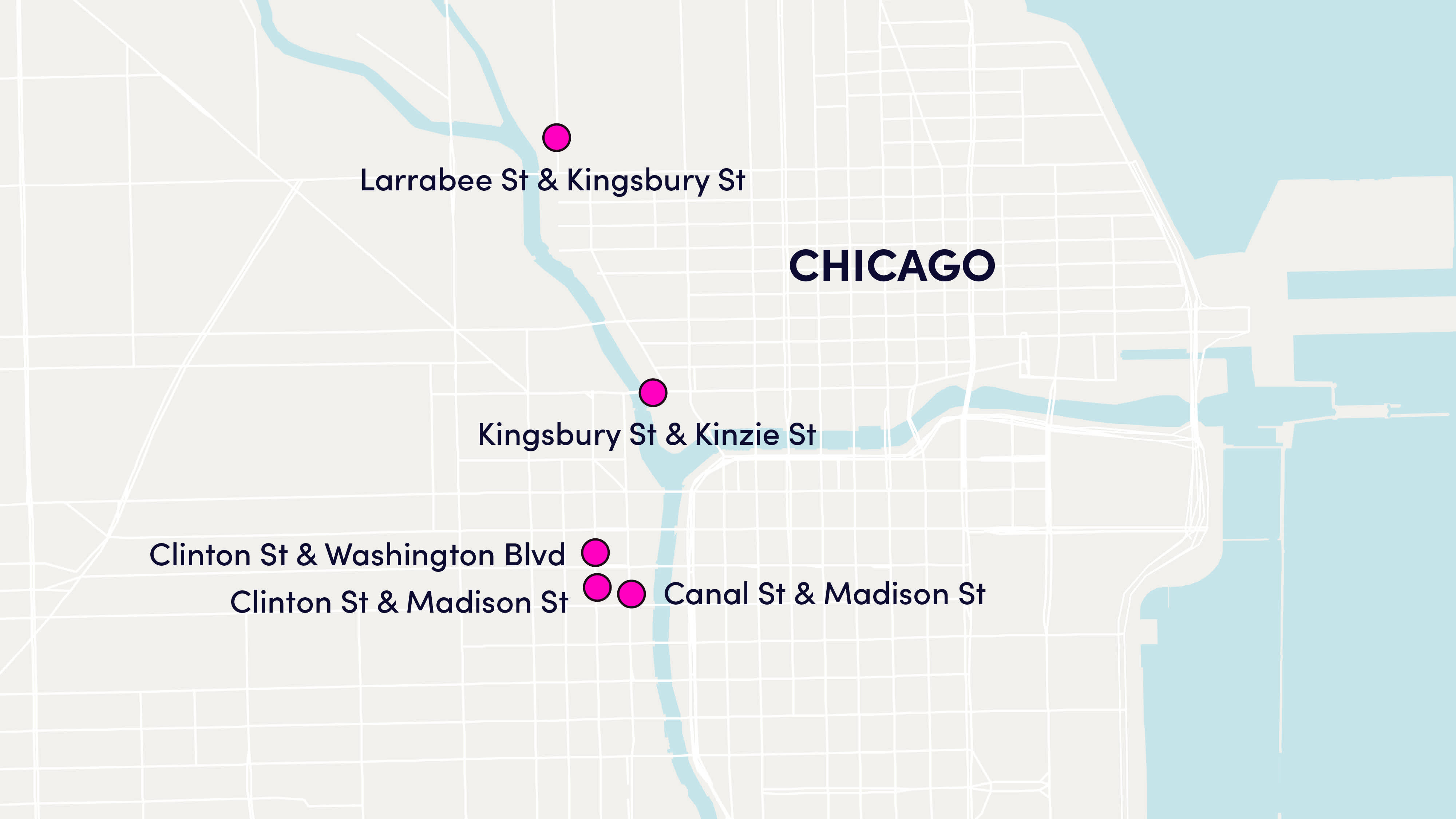
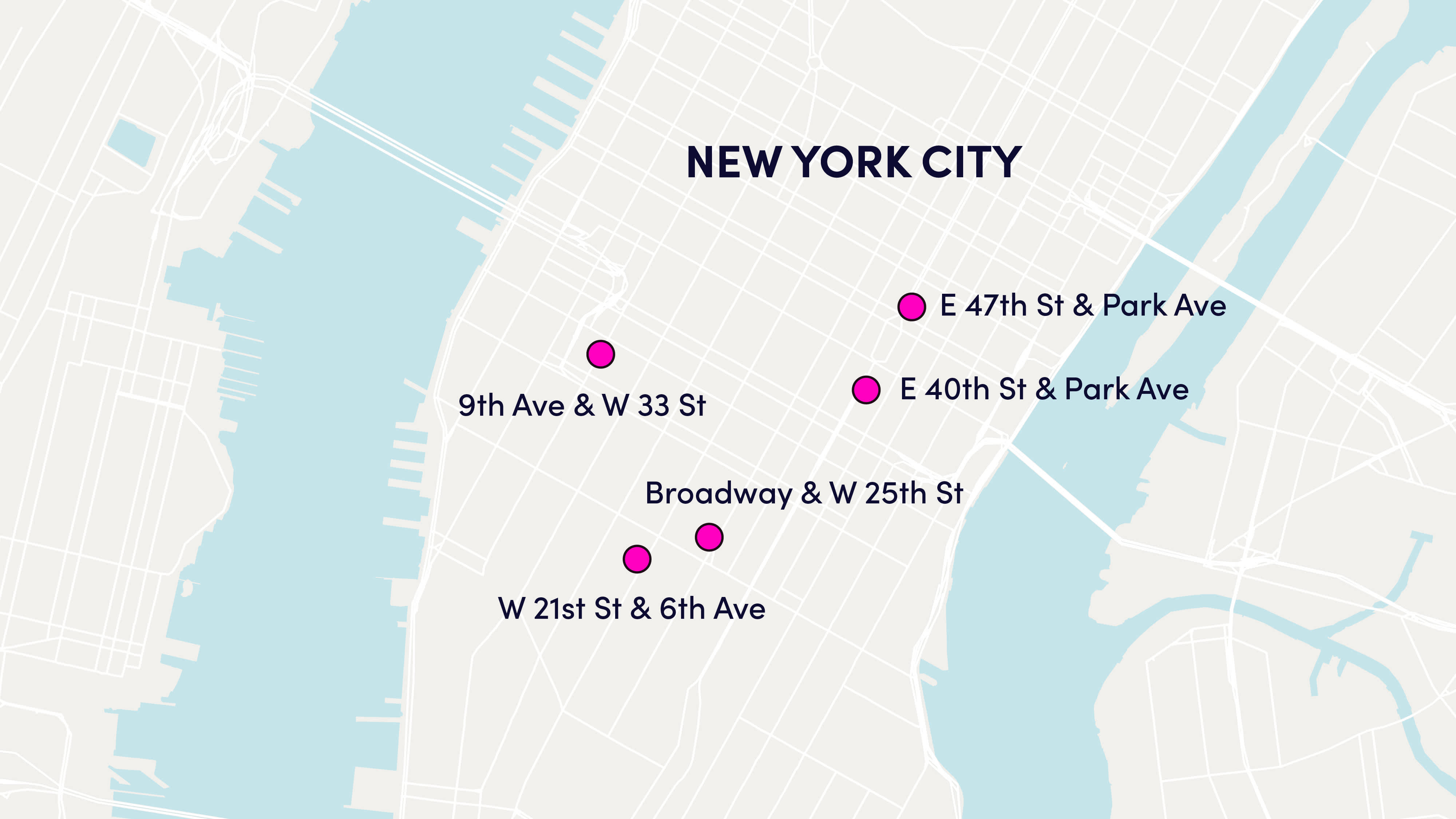

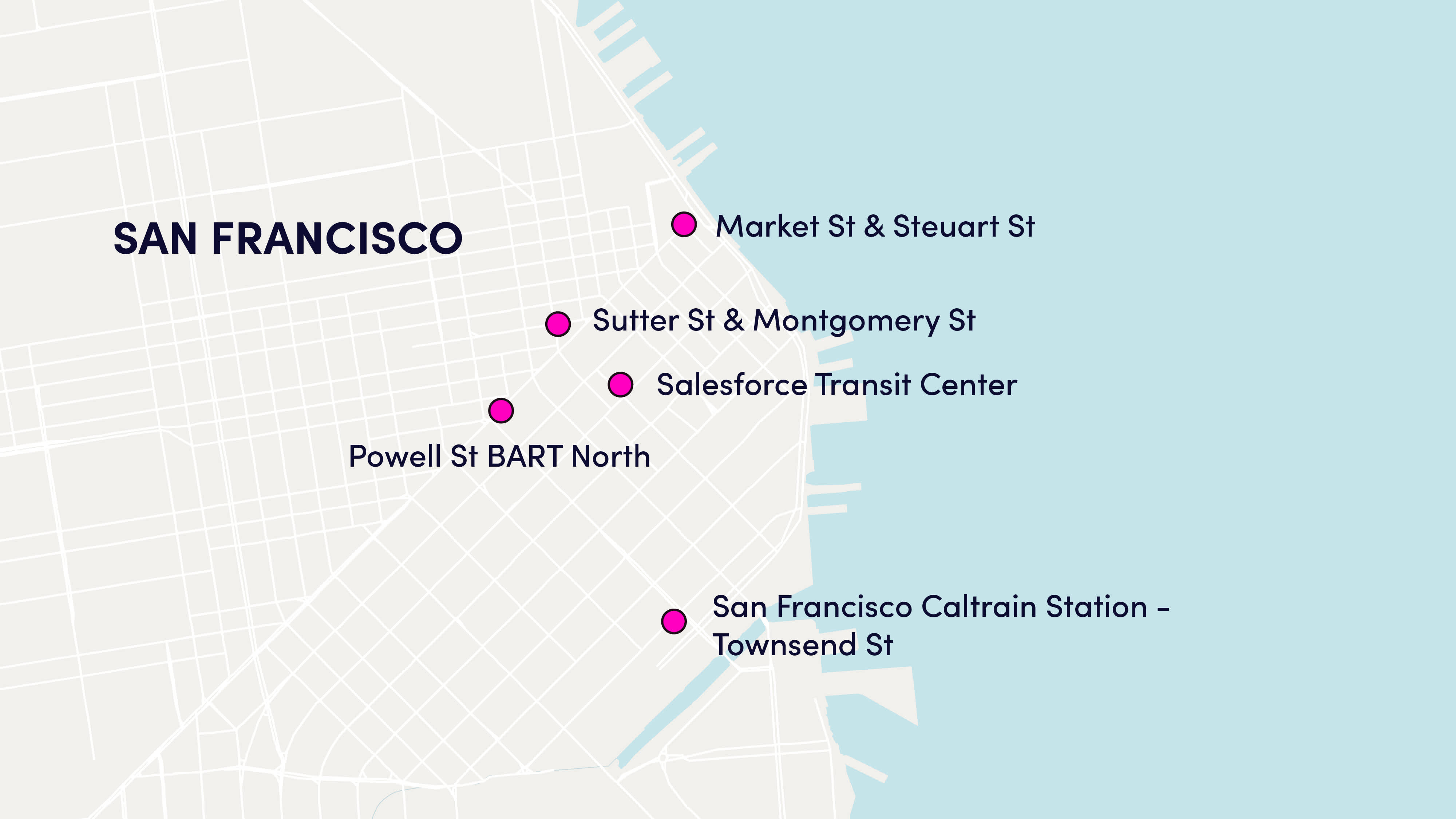
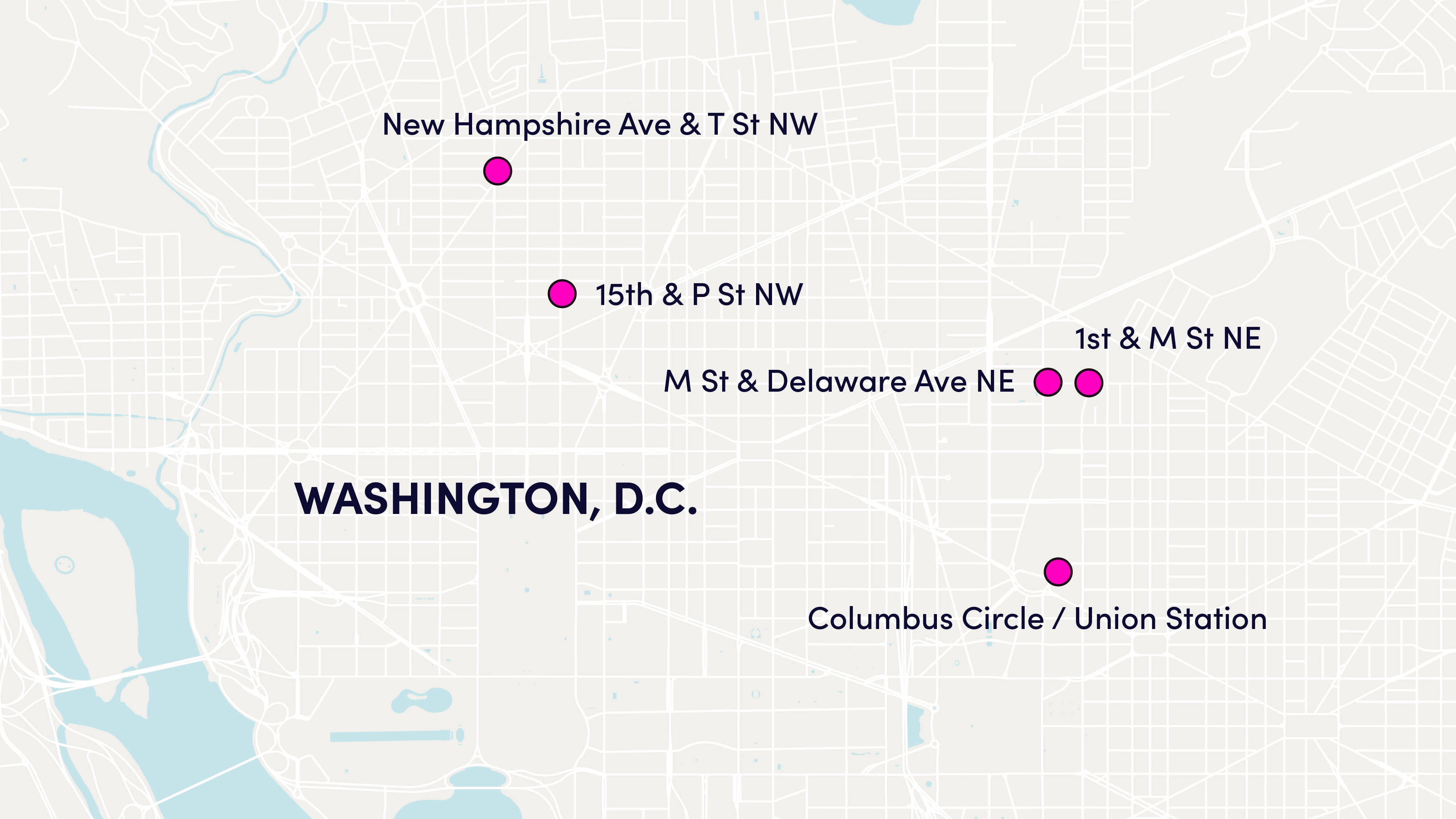
Notably, not all commuters ride directly from door to door: Over a third report that they combine micromobility with public transit on a weekly basis — likely to fill in the last mile of their commute faster than they would on foot.
Electric ⚡
The recent rise in micromobility commuting has a lot to do with a certain technology: ebikes. Not only did ebike rides grow 61% during commuting hours, but 2024 was the first year that ebike commutes surpassed commutes on pedal bikes – despite only making up 41% of the overall fleet. This trend is largest in the Washington DC metro area, where the additional investment of 1,141 new ebikes has boosted commutes by 80% in the past year.

Commuting as a use case for ebikes is not too surprising — one can arrive at the office without breaking a sweat and cover longer distances with ease. In fact, the median distance between the pickup and drop-off station on an electric bike is 30% longer than that of a commute on a classic bike, 1.1 miles vs. 0.8 miles. As a result, the average commute length across all rides has grown longer — an indication that ebikes are giving riders who live farther from their workplaces a chance to bike to work.
Ebikes also brought more people into commuting via micromobility. A total of over 600,000 people took an ebike during commuting hours for the first time last year. In Boston and Washington D.C., the share of new ebike commuters in 2024 was over 8% of the city’s population.
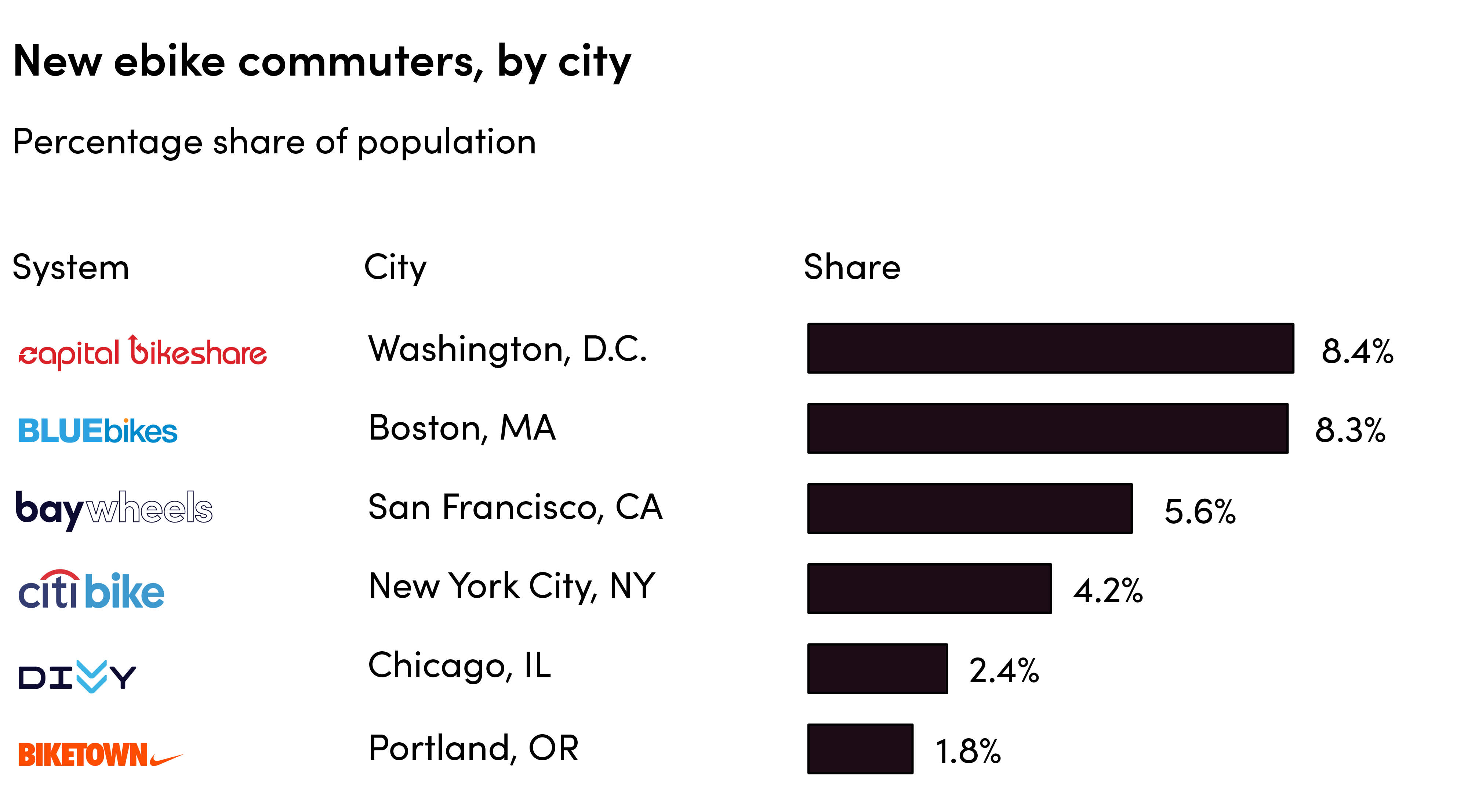
Of course, biking to work is fantastic for your health and happiness. But it’s also an important way to build a more equitable transportation network: shared bikes are used for commutes at a higher rate among historically marginalized groups — who are more likely to live in transit deserts and face economic barriers to private transportation. Relative to the non-commuting rider, those who use bike share or scooter to get to work are 40% more likely to be Black, 22% more likely to be Hispanic, 13% more likely to be LGBTQ, and 32% more likely to not have a car.

This means that biking (or scooting) to work is a lot better for the environment. According to survey data sourced for Lyft's upcoming Multimodal Report, 67% of micromobility commuters said they would use a car to get to work if it were not for micromobility. Lyft estimates that opting to commute via micromobility has reduced emissions by 36 million pounds of CO2 in 2024 and has reduced the number of cars on the road — micromobility commuters own roughly 400,000 fewer vehicles because of access to bikeshare and scootershare.

Micromobility also saves on parking. Twenty-three percent of commuters say they would use a personal vehicle to commute if shared bikes and scooters didn’t exist — which means they would have to park. With roughly 145 parking spots per acre, that’s 44,144 acres left open, equivalent to roughly three Manhattans.
Given micromobility’s popularity — and clear benefits in ESG accounting — businesses have started offering bikeshare as a benefit. In 2024, Lyft partnered with 750 companies to provide micromobility. All told, corporate members biked nearly 6.75 million miles, burned nearly 300 million calories, and reduced CO2 emissions by nearly 5.5 million pounds. That’s about the same as running 250,000 marathons, not eating 1.2 million donuts, or planting roughly 100,000 trees.

A couple organizations deserve a special shoutout for their micromobility commuting habits in 2024. One of Equinox Gold Corp’s tenure brands, Equinox, averaged 100 commutes per employee. Meanwhile biking to work was the hottest trend among employees of the City of Cambridge, who took 78% more rides than last year.
It’s likely that this growth has to do with Cambridge’s improvement in bike infrastructure — over the past couple years, they’ve been working on adding 25 miles of safe biking routes. Indeed, feeling confident in bike infrastructure is a major factor in commuting — riders who bike to work are 23% more likely to strongly agree that their streets feel safe for riding.
We would be remiss to note that while people’s day might start with biking or scootering to work — they don’t have to end there. Micromobility commuters are twice as likely to use micromobility to run errands, get to healthcare appointments, and visit friends and family. Indeed, as commuters build up their quads, learn the smoothest streets of their city, and come to relish the wind in their hair, micromobility can become a lot more than just transportation to work — it becomes a lifestyle.

